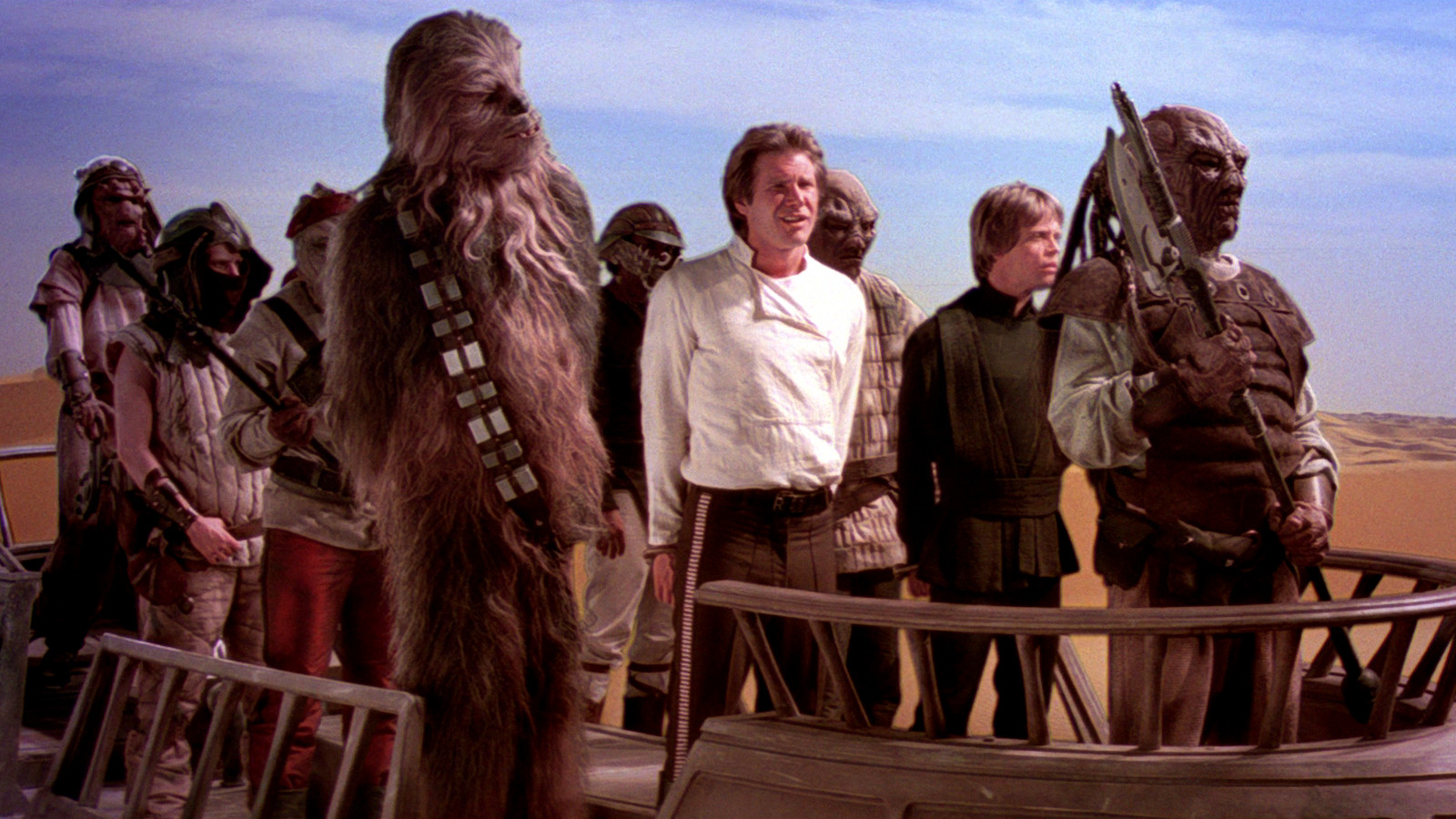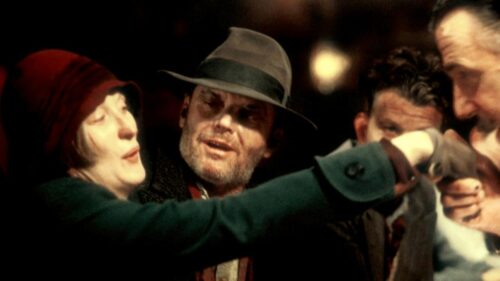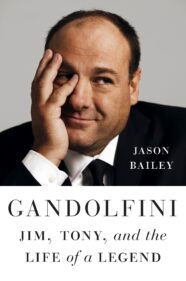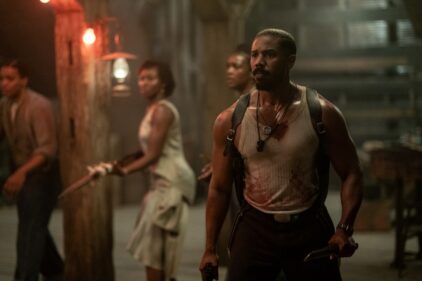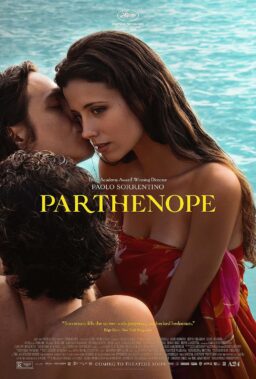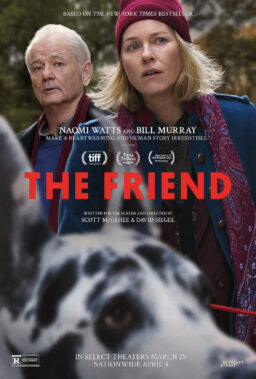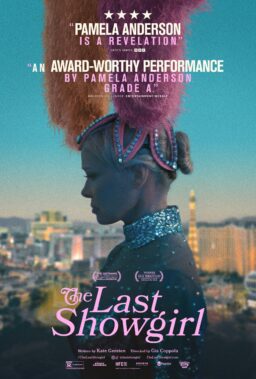“Return of the Jedi” celebrated its ruby anniversary this May and received a limited theatrical release. Even after four decades, the more things change, the more things stay the same. Just like in 1983, you can go to a store and pick up a Death Star-full of merchandise, including special reissues of the original action figures. The Force that is the Lucas/Disney marketing machine is still with us, even if Ben Kenobi and Yoda are not.
It’s still remarkable that “The Empire Strikes Back” ended the way it did with an open cliffhanger, even if its success and the production of the next chapter were all but guaranteed. “Jedi” opens with the Empire deep in the construction of a new bigger, and deadlier battle station, looking to cement their victory against the Rebel Alliance and rule the galaxy once and for all. The Rebels have a plan of course, and the serendipitous army of murderous teddy bears that are the Ewoks. But before Luke Skywalker et al. can continue that fight, there’s still a loose thread to be resolved, namely the fate of Han Solo, last seen frozen in carbonite and flying Boba Fett Freight to be delivered to Jabba the Hutt.
“Return of the Jedi” might have been the first of these films to suffer from, as the shimmering ghostly spirit of Ben puts it, “a certain point of view.” With six years between the film and the first “Star Wars” picture, which had been reissued with “Episode IV – A New Hope” at the head of the crawl in 1982, kids had grown into teenagers who decided they were too cool for the more “childish” elements like the Ewoks, and as such, the furry critters are still divisive to this day.

In any case, “Jedi” is still a blast. Yes, it’s the weakest of the three. Yes, it has some decidedly obvious flaws and some unengaged performers. But it’s a glorious end to the trilogy that features an excellent leading performance by Mark Hamill, a dynamite final act with spectacular cross-cutting, amazing creature work, and a John Williams score that proves what we’ve always known: He’s the MVP of the entire franchise.
Structurally, it’s a bit of an odd beast. The entire first act is dedicated to rescuing Han, with the subsequent two covering the core three characters of Luke, Han, and Leia pulling together for the Rebel cause, which is a smart move. Harrison Ford famously thought Han should die in the film, but that would rid us of the essential chemistry generated between the three, something the film itself recognizes. There are a lot of disparate strands to weave together, with a trip to Yoda and Ben Kenobi to reveal the identity of the “other” mentioned in “Empire” and Darth Vader’s continuing recruitment of Luke to the dark side.

Speaking of Vader, we’re reminded that he is but a henchman to the real villain, the Emperor, as played by a snarling Ian McDiarmid. Not all is well between master and apprentice (especially considering Vader told Luke they could overthrow his boss), and the Emperor probably didn’t take Vader’s failure to convert Luke particularly well. Vader seems to have some shell shock from his encounter with his son, and there’s a melancholic tone to the character (a great combination of James Earl Jones’ rumbling baritone and Dave Prowse’s body language) that suggests his connection to the dark side is weaker than we were led to believe. Indeed, a key moment in the film is a wonderful short sequence where father and son talk after Luke gives himself up. Luke’s determination to bring his father back is admirable, with him bringing up Vader’s former self, which clearly angers the dark lord. The last shot of the sequence is a lone and contemplative Vader staring out into the forest, which leaves very little doubt that he’s not going to kill his son.
In many ways, Mark Hamill carries the film. Luke now shows signs of both Ben and Yoda’s training through a certain sense of command of his emotions and inner tranquility, although his occasional naivete and recklessness remind us that he’s not a proper Jedi just yet. Hamill spends much of the film stoic and restrained, but you can feel the tension from the anger that is ready to bubble up. While we know in our heads and hearts that he isn’t going to go over to the dark side, his performance at least does a good job of telling us he might.
His performance also helps to anchor a less impressive Ford and Fisher. Granted, they’re not given a lot to do, and Solo’s arc from dastardly smuggler to military hero robs the character of a certain amount of agency, but both are clearly bored. Perhaps this is where their movie star personalities come in; their talents still shine through, and the charisma between the central three is undeniably intoxicating. Lucas and co-writer Lawrence Kasdan are much more interested in Luke’s journey and the multiple creatures that occupy most of Jedi’s frames.

Thankfully, said creatures are one of the film’s highlights, with ILM’s puppetry department at the top of its game, led by Phil Tippett and Stuart Freeborn. Jabba the Hutt is the obvious one, a wonderful and complex puppet that never feels anything less than alive. He’s a suitable antagonist for the first half, although it’s interesting that some people may be watching this film for the first time, having seen the character in earlier films, not least the controversial Special Edition of “Star Wars.” In 1983, audiences only knew the character from references in the previous two films, so finally meeting him was a culmination of sorts.
The first act is very well-realized and raises the stakes incrementally with the introduction of all of the heroes; the two droids, Chewbacca and Leia (disguised as a bounty hunter), an unfrozen Han, and finally Luke, who strides into Jabba’s palace Force choking guards left and right and trying to bluff Jabba when talking about his powers. But it turns out he holds the aces, as after a brief dalliance with the wonderful Rancor monster, he sees the end of the vile gangster at the site of his supposed execution. It’s still thrilling seeing R2-D2 shoot a lightsaber into the air and Luke’s hand while a scantily clad Leia avenges her oppressor with the very chain used to manacle her. That said, I challenge anyone to determine what Luke’s actual plan was; getting captured and sent to be executed doesn’t sound like a solid strategy.
The second act is when we finally get to meet the Ewoks, who just happen to live on the moon the Death Star is orbiting. The general conception of the Ewoks is that they’re cuddly bears, and while individually they display these traits, along with a sense of curiosity and defensiveness, as a group, they are fairly vicious; let’s not forget that the first time they meet Luke, Han, and company, they attempt to cook them. Of course, they’re also the culmination of one of Lucas’ themes of the series, that of the organic versus the synthetic, or man versus machine, to put it bluntly. Vader is an obvious example of this, and, like the Rebels themselves, the Ewoks are an analog for the Viet Cong against the might of the American military machine.

The middle of the picture establishes the stakes of the final battle on a broad and personal level, with the Ewoks adding more manpower for the Rebels while Luke disappears to face Vader and the Emperor. This section tends to be a bit more tedious than the rest, though the speeder bike chase punctuates it. Another ode to Lucas’ obsession with speed, it still works beautifully, especially because of the wise lack of score. Instead, the film acquiesces to Ben Burtt’s sound effects, which end up having a strange musicality of their own.
Perhaps it’s good to have a break because it’s relentless from when the Rebel fleet gets to the Death Star until the end. Credit must go to the editing trio of Marcia Lucas, Sean Barton, and Duwayne Dunham, who effortlessly manage the frantic cross-cutting between the three conflicts of Luke vs. Vader and the two battles in space and on land and give the sequences an incredible sense of momentum.
John Williams, whose malevolent theme for the Emperor makes “The Imperial March” sound campy in comparison, throws the picture forward at every moment. The scenes in the Emperor’s throne room are by far the best in the film. Williams is clearly inspired by the physical and psychological conflict, subtly building the score in scale and intensity until he unleashes its full might as Luke gives into his anger. Williams uses a deep male choir to underscore that fateful decision, illustrating the influence of the Emperor, whose theme rises to operatic levels as he sets the stage for Vader’s dying act of redemption.
It must also be noted that the film’s version in theaters was the latest of the “Special Editions,” which Lucas has been tinkering with since 1997. That means there’s a different song in Jabba’s palace; the Sarlaac now looks like Audrey II from “Little Shop of Horrors,” and Hayden Christensen, who played Anakin Skywalker in the prequels, replaces Sebastian Shaw as his glowing Jedi spirit. The picture also ends with a more encompassing celebration as worlds across the galaxy celebrate liberation from the brutal regime of the Empire. A newer John Williams cue ends the film, and it works perfectly for the modified version as it sits as part of the larger saga, while the more intimate “Yub Nub” was more suitable for the end of the story as it was in 1983.
“Return of the Jedi” may have flaws in more crucial areas than the previous two films, but it remains an excellent picture. But more than that, it encompasses a message that is never more important in these times: one of love. Whether it’s a Rancor keeper with a broken heart over his dead pet or a villain being brought back from hell, it reminds us of the intrinsic role in our lives that love plays and that it’s not just what drives us, it’s what saves us. One of the best lines in “The Last Jedi,” the superior episode of the sequel trilogy, is Rose saying, “That’s how we’re gonna win. Not fighting what we hate, saving what we love.” That’s a core tenet of “Return of the Jedi” and why it remains so wonderful today.
